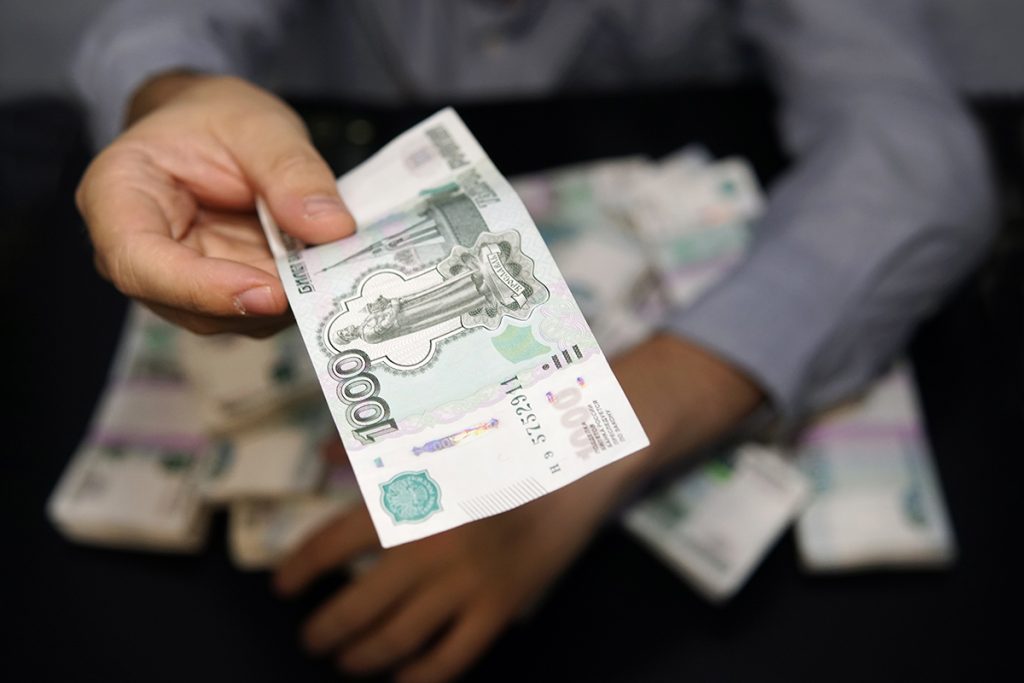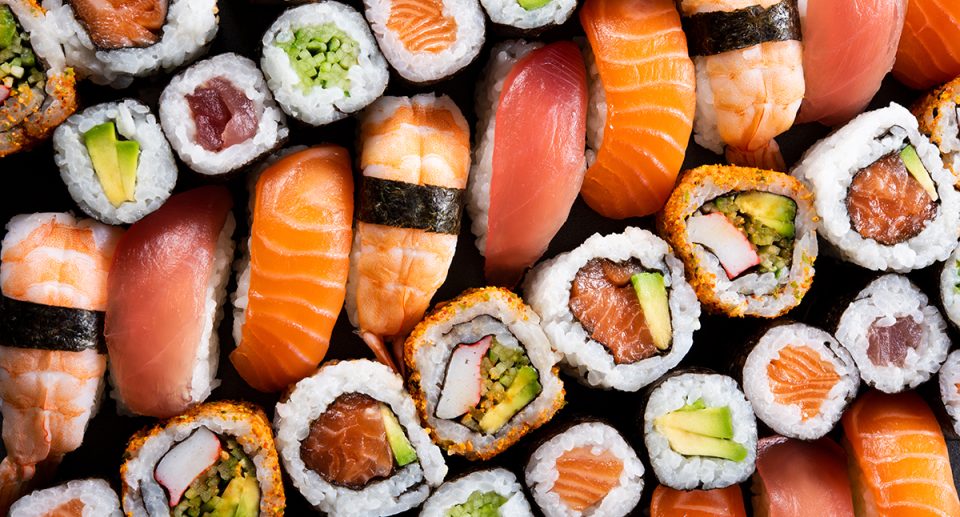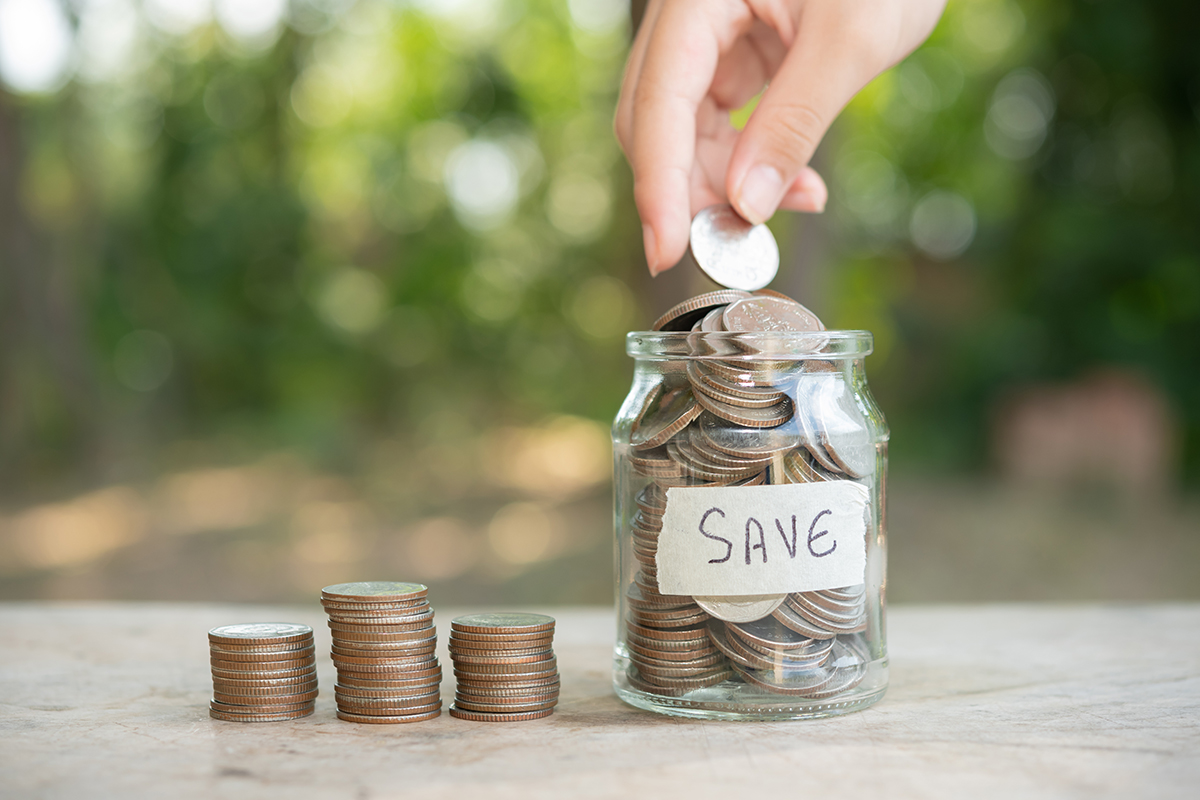8 Signs to recognize a cheapskate

Some people are taught at home to be frugal with their money. Or they are naturally careful with their money. Stingy behavior occurs in varying degrees. Who knows, maybe someone has valid reasons to pay attention to the contents of their wallet.
For example, due to loss of income or due to debts. For example, if you have a strong tendency to hold on to money or resources and are reluctant to spend them, you could already be labeled as a cheapskate.
Signs of stinginess
Cheapskates often have difficulty sharing their financial resources, even in situations where it is customary or socially desirable to give. The goal is often to maximize their assets and not to spend money. This occurs to a mild extent, but also to the extreme. You can recognize a cheapskate by the following eight common stinginess signs.

01. Difficulty sharing
Stingy people have difficulty sharing. Not only when it comes to their money, but also to their time. Even when others clearly need it, they may be reluctant to do so.
02. Difficulty spending
Having difficulty spending money is a sign of stinginess. For example, it can be difficult for a stingy person to tip in a restaurant or treat someone. They are not generous in life, even when expected.

03. Complaining about costs
Cheapskates often complain about the cost of things, even if they have chosen to participate or purchase. They are extremely economical, even when not necessary. So don’t be surprised if they negotiate small amounts or ask for a discount. Even if the price (in your opinion) is not high.
04. Always looking for a discount
To continue with discounts and haggling: bargain hunting is a form of stinginess. No matter how minimal the savings are, a stingy person can spend a lot of time looking for discounts before making a purchase. They always strive to gain advantage, even if this is at the expense of others.

05. Save money
Nothing is more important than saving money. Stingy people often focus heavily on costs and always try to find ways to save money, even if that means sacrificing quality. Are you traveling abroad because a flight is cheaper there, even though it will take you much longer to travel? They just do it.
06. Unnecessary collecting
Cheapskates tend to collect (unnecessarily) things. Throwing something away is out of the question, even if they no longer use it. Remember that they have trouble spending money. So when they do it, they want to keep things for as long as possible. Even if it nearly falls apart.

07. Refusing to contribute
Don’t be surprised if a cheapskate refuses to contribute to expenses or a gift given on behalf of the group. They have difficulty putting down money for a gift or activity. They often think it is too expensive or not worth it. This makes them reluctant to contribute.
08. Keep finances secret
Another sign of stinginess is keeping finances secret. They do not like to share information about their salary, how much they pay for their rent or mortgage or what savings goals they have. In relationships, a cheapskate may even not want to contribute financially. Whether it concerns a love relationship, a friendship or family, it does not matter: the behavior penetrates into the most important relationships.

8 Signs to recognize a cheapskate conclusion
How do you get a grip on your money instead of letting the money have a hold on you? This starts first with gaining insight into your finances. The pension, the mortgage and the assets in the bank account are hot items at the moment, because what can you do with it smartly?



















